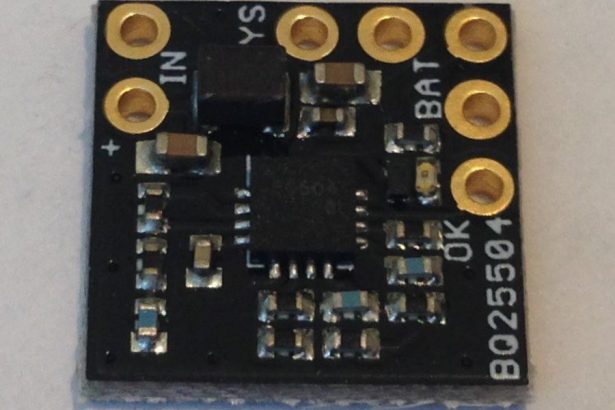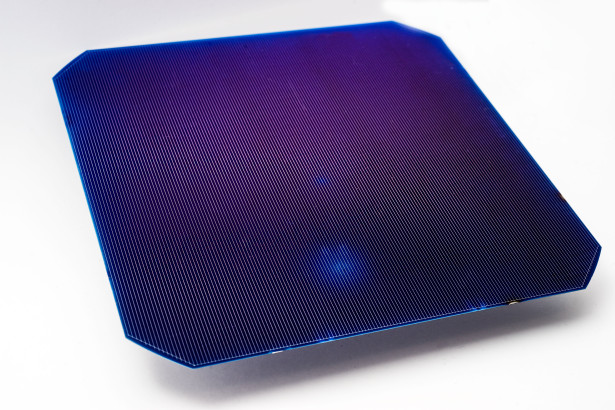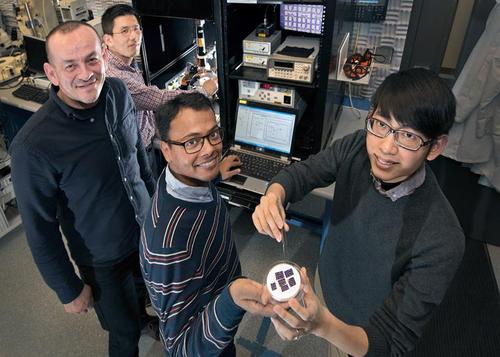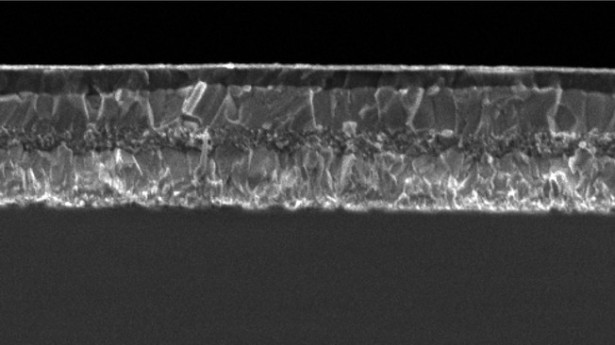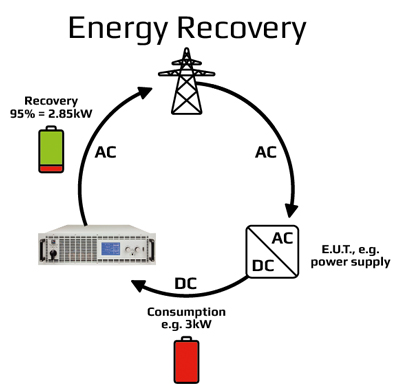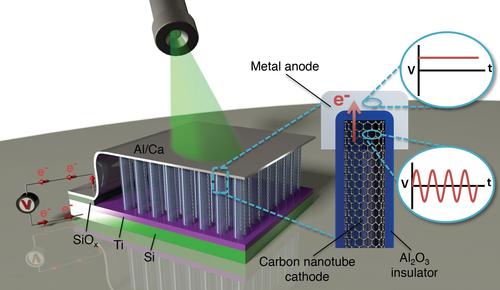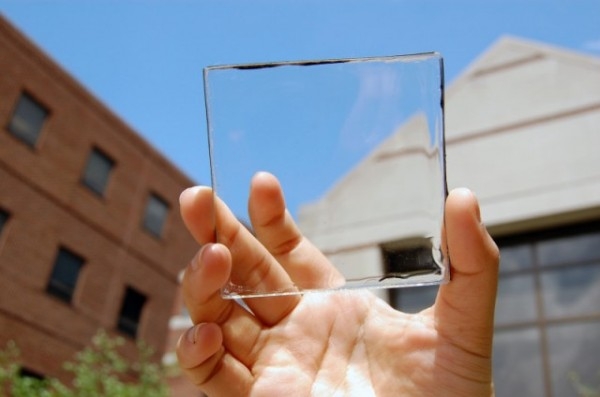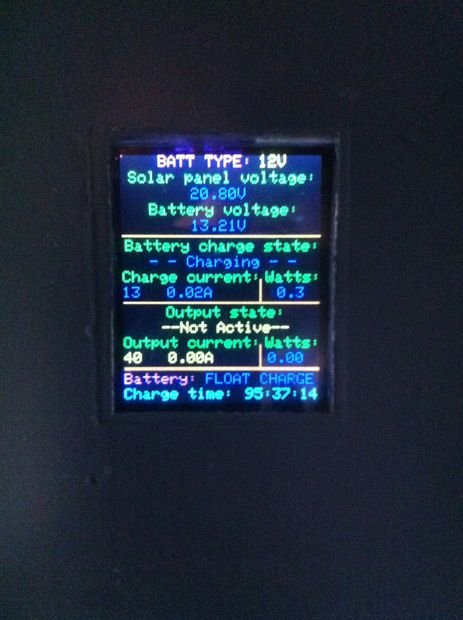BQ25504 Solar Cell LiPo Charger
Ultra-Low Power LiPo Charger via Energy Harvesting from a Solar Cell What is it? This is a small (0.5 x 0.5 inch) breakout board for Texas Instrument’s BQ25504Ultra Low Power Boost Converter with Battery Management for Energy Harvesting Applications. From the datasheet: “The bq25504 device is the first of a new family of intelligent integrated energy […]

